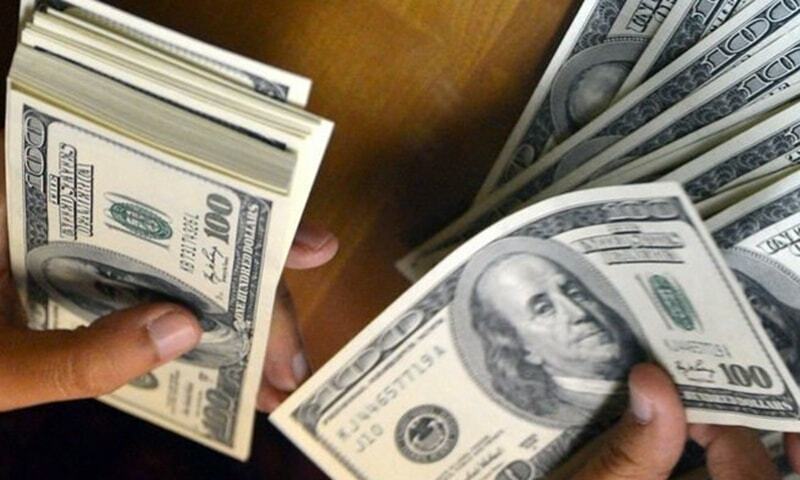The Indian rupee has fallen to an all-time low, experiencing its steepest decline in seven months, as the US dollar gains strength in global markets. This drop in value is linked to increasing worries about India’s slowing economic growth and a growing trade deficit. The interplay of these domestic and international issues has placed significant strain on the rupee, raising concerns about potential further instability.
The rupee’s decline is further intensified by the robust US dollar, which has appreciated due to rising interest rates and strong economic indicators from the United States. These external pressures have triggered capital outflows, worsening India’s trade deficit and shaking investor confidence in the nation’s financial health.
Economists caution that the ongoing fall of the rupee could lead to heightened inflation, particularly in sectors heavily reliant on imports like energy and raw materials. The government and the Reserve Bank of India (RBI) are facing mounting pressure to implement strategies to stabilize the currency and restore faith in the economy.
Despite these hurdles, analysts maintain that India’s long-term growth potential remains strong. However, it will be essential to tackle the immediate issues surrounding the rupee and trade balance to ensure economic stability and bolster investor sentiment in the months ahead.









